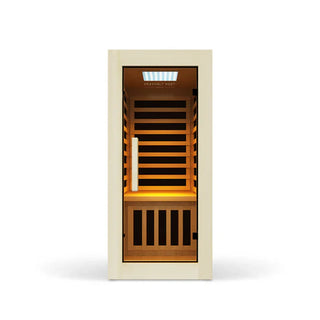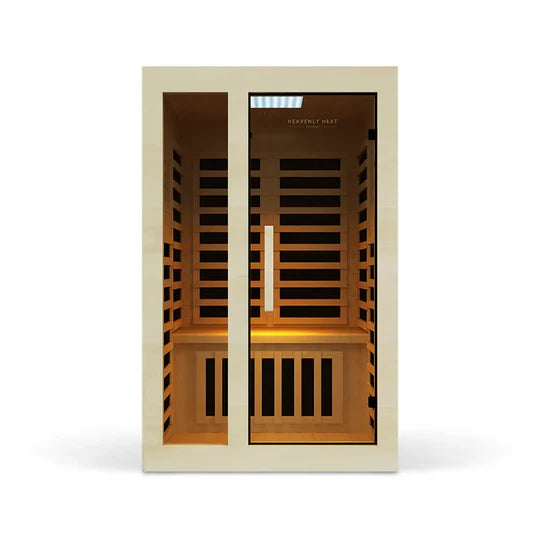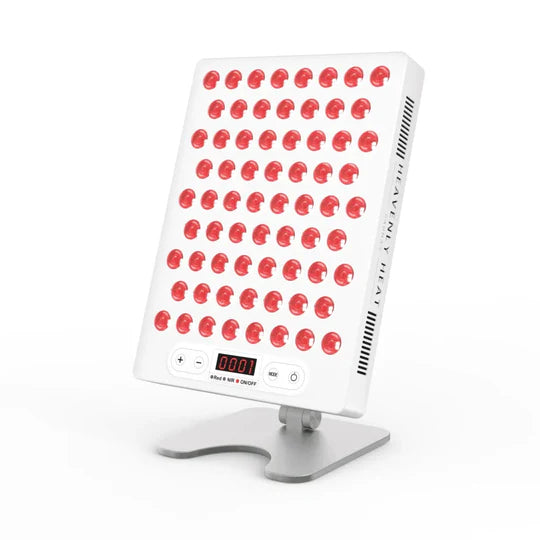Optimizing Your Sauna Experience: Control and Hydration

Key Takeaways
| Aspect | Key Point |
|---|---|
| Temperature Control | Ideal temperatures vary by sauna type; essential for maximizing health benefits. |
| Hydration | Crucial before, during, and after sauna sessions to prevent dehydration. |
| Session Length | Recommended to not exceed 15-20 minutes based on health goals and sauna type. |
| Health Goals | Different goals require different temperatures and durations in the sauna. |
| Preparation | Proper preparation enhances the sauna experience and prevents health issues. |
Understanding Sauna Temperature Control
One of the critical factors in tailoring your sauna experience is understanding how to control the temperature. The ideal temperature can vary depending on the type of sauna you are using. For example, traditional saunas typically operate between 150°F and 195°F, while infrared saunas offer a milder heat between 120°F and 150°F. Knowing your preferred temperature range is key to enhancing your sauna’s health benefits. For more details on optimizing temperature control in infrared saunas, visit our Heavenly Heat FIR Far Infrared Heaters page
Types of Sauna Heaters and Their Impact
Different types of sauna heaters can impact your experience. Far-infrared, infrared, and near-infrared heaters each offer unique benefits, such as deeper tissue penetration or a more mild heat.
To understand which type suits your health goals and preferences, explore our guides on Infrared Sauna Heaters and Near Infrared Sauna Heaters.
The Role of Hydration in Sauna Sessions
Hydration is vital before, during, and after your sauna session. The heat causes your body to sweat, losing water and electrolytes that need replenishing.
Understanding the balance of hydration can significantly enhance the detoxification process and wellbeing. For information on the detox benefits of infrared saunas and the role of hydration, read about Why Infrared Sauna Heavy Metal Detox is beneficial.
Benefits of Traditional vs. Infrared Saunas
Choosing between traditional and infrared saunas depends on your personal health goals. Traditional saunas are known for their higher temperatures and humidity, while infrared offers a milder experience. Both have unique benefits, so deciding which aligns best with your objectives is key. For more on traditional saunas, visit our Traditional Saunas page.
Practical Tips for Sauna Sessions
Maximizing the benefits from your sauna sessions involves more than just stepping inside. Here are some tips:
- Stay hydrated: Drink plenty of water before, during, and after your session.
- Pay attention to session length: Do not exceed 15-20 minutes per session depending on your health goals.
- Listen to your body: Exit the sauna or lower the temperature if you feel uncomfortable at any point.
Conclusion
Remember, optimizing your sauna experience is about finding the right balance that suits your body and health goals. By paying attention to temperature control, hydration, and preparation, you can significantly enhance the therapeutic benefits of your sauna sessions. We encourage you to explore the provided links and images for a deeper understanding and optimal sauna experiences.
From the need to maintain hydration to the importance of selecting the right sauna heater, each element plays a pivotal role in tailoring a sauna experience that not only meets but exceeds your wellness aspirations.















































